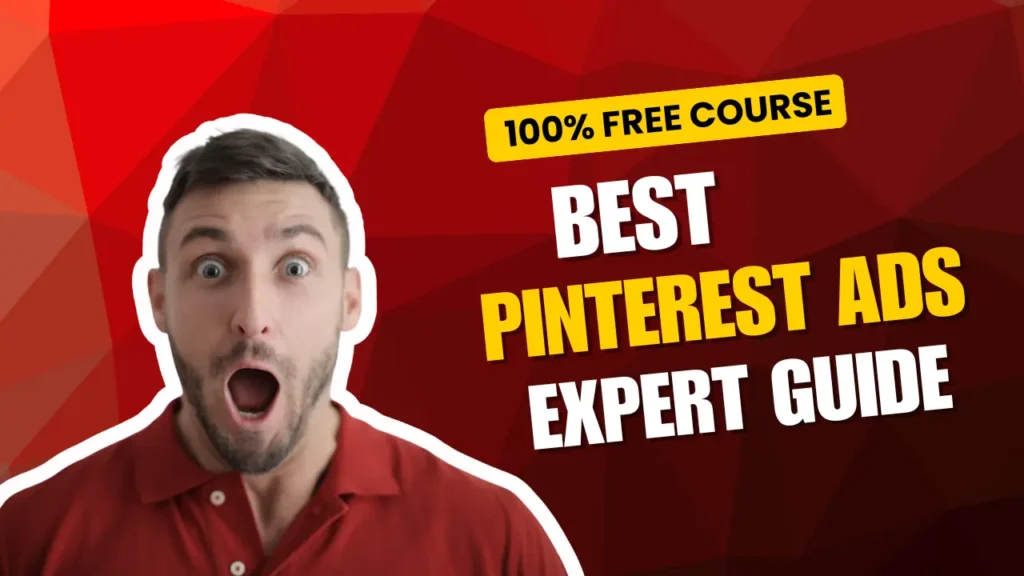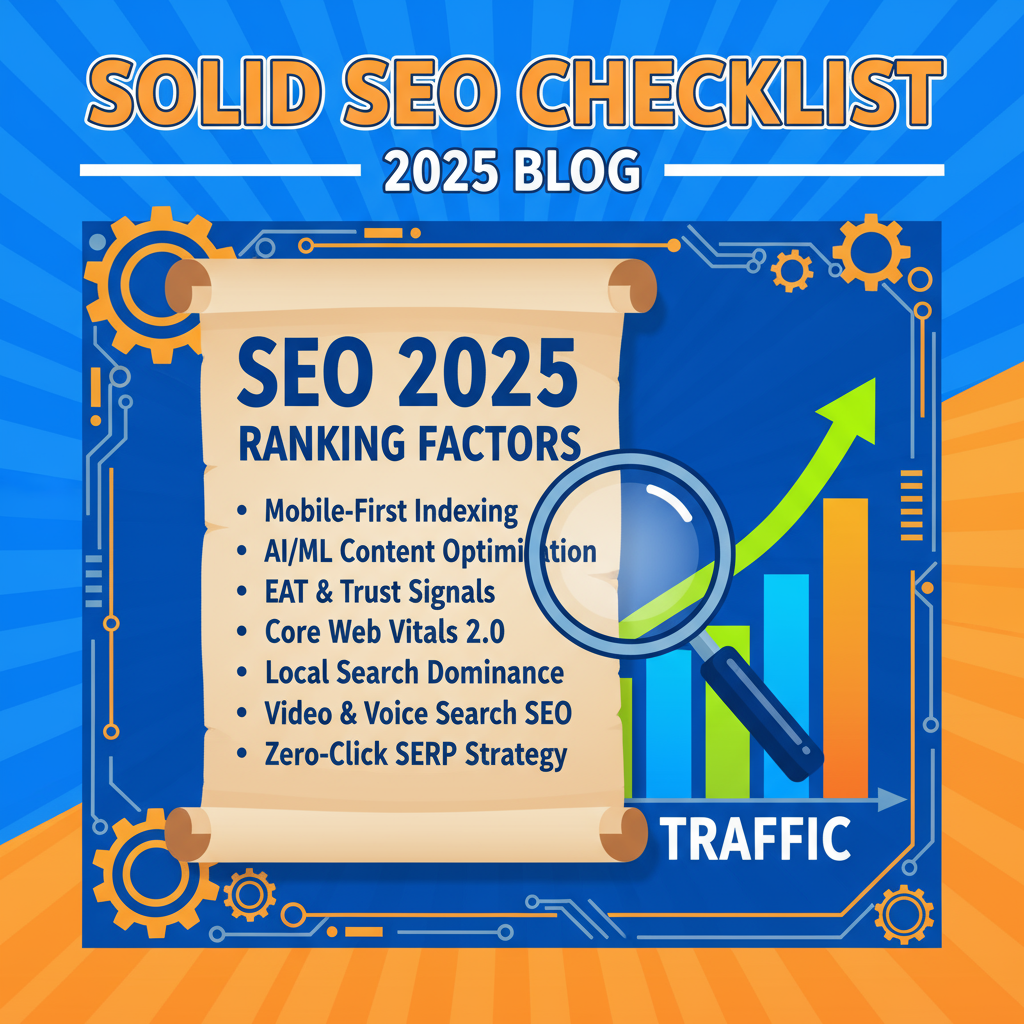Pinterest is not a social network; it is a visual discovery engine and a shopping tool. Unlike users on other platforms who are scrolling to pass time, Pinners are actively searching for inspiration, ideas, and products to plan and purchase. This mindset places them higher up the intent funnel, making Pinterest Ads a goldmine for e-commerce, B2C, and content creators.
This guide provides a detailed, step-by-step roadmap to building, optimizing, and scaling profitable Pinterest advertising campaigns.

Index (Table of Contents)
1. The Pinterest Ecosystem and Advertiser Advantage
1.1. Pinner Mindset: Intent-Driven Discovery
1.2. The Funnel Advantage: From Aspiration to Action
1.3. Key Audience Demographics (The High-Value Shopper)
2. Foundation Setup: The Technical Core
2.1. Setting Up a Pinterest Business Account
2.2. The Pinterest Tag and Conversion Tracking
2.3. Connecting the Product Catalog (E-commerce Essential)
3. Understanding Campaign Objectives and Structure
3.1. Choosing the Right Objective (Awareness, Consideration, Conversion)
3.2. Campaign, Ad Group, and Pin Organization
3.3. Budgeting and Bidding Strategies
4. Ad Formats: The Visual Toolkit
4.1. Standard Image Ads (The Bread & Butter)
4.2. Video Ads: Driving Engagement (Optimal Lengths)
4.3. Carousel Ads: Showcasing Multiple Products/Features
4.4. Shopping Ads and Collections: Direct Path to Purchase
4.5. Idea Pins: The Full-Screen Storytelling Format
5. Precision Targeting: Reaching the Planner
5.1. Keyword Targeting: The Search Engine Element
5.2. Interest Targeting: Reaching Planners Early
5.3. Actalike Audiences (Lookalikes): Scaling Success
5.4. Customer List Targeting (Remarketing): High-Intent Retargeting
6. Creative Best Practices (The Visual SEO)
6.1. Aspect Ratio: Why 2:3 Vertical is King
6.2. Text Overlay Strategy: Stopping the Scroll
6.3. Branding and Logo Placement
6.4. Pin SEO: Titles, Descriptions, and Board Optimization
7. Optimization, Scaling, and Measurement
7.1. The Importance of “Saves” and “Close-ups” as Signals
7.2. A/B Testing: Creative vs. Targeting
7.3. Seasonal Planning: The Early Bird Gets the Purchase
7.4. Reporting Metrics and Analyzing the Funnel
1. The Pinterest Ecosystem and Advertiser Advantage
1.1. Pinner Mindset: Intent-Driven Discovery
Pinners use the platform as a place of future intent. They are looking for “How to design a small living room,” “Best vegan recipes for thanksgiving,” or “Outfit ideas for a spring wedding.” They are in the “planning” phase, open to new brands, and actively searching for solutions—making them much more receptive to relevant ads than passive scrollers.
1.2. The Funnel Advantage: From Aspiration to Action
Pinterest excels at filling the gap between general awareness and purchase.
- Top-Funnel: Users search broad terms (e.g., “living room decor”). Ads focused on inspiration and brand story excel here.
- Mid-Funnel: Users refine their search (e.g., “blue velvet sofa”). Ads link to product pages or detailed guides.
- Bottom-Funnel: Users search specific products (“Brand X blue velvet sofa price”). Shopping Ads lead directly to checkout.
1.3. Key Audience Demographics (The High-Value Shopper)
Pinterest users, particularly core Pinners, typically have higher household incomes and demonstrate a high purchase propensity. This audience is often planning high-value purchases (home renovation, weddings, travel, fashion, and beauty), making the platform highly effective for brands with premium or considered-purchase products.
2. Foundation Setup: The Technical Core
2.1. Setting Up a Pinterest Business Account
You must convert a personal account or create a new one to access the Ads Manager and Analytics. The Business Account is the gateway to running paid campaigns.
2.2. The Pinterest Tag and Conversion Tracking
The Pinterest Tag is mandatory for tracking user actions (events) on your website.
- Installation: Similar to the Meta Pixel or Google Tag, install the base code on every page.
- Event Setup: Define and install specific event codes for actions like
AddToCart,Checkout,Lead, andPageVisit. Accurate tracking is the only way to enable conversion-based bidding.
2.3. Connecting the Product Catalog (E-commerce Essential)
For any e-commerce brand, connecting your product feed via the Product Catalog is critical.
- Function: It automatically generates Product Pins for every item, creating a direct connection between your Pin and the product page.
- Result: Enables Shopping Ads and allows for dynamic retargeting—showing users products they viewed but didn’t buy.
3. Understanding Campaign Objectives and Structure
The structure follows a standard marketing funnel logic, optimizing bids and delivery based on your chosen goal.
| Objective | Best For | Typical Bidding Strategy |
| Brand Awareness | New brands, large reach goals. | CPM (Cost Per Mille/1,000 Impressions) |
| Video Views | Storytelling, product demos. | CPV (Cost Per View) |
| Traffic | Bloggers, content creators, filling the top-funnel. | CPC (Cost Per Click) |
| Conversions | E-commerce sales, lead generation, sign-ups. | Target CPA or Automatic Optimization |
| Catalog Sales | E-commerce retargeting and prospecting based on feed. | Automatic Bidding, Target ROAS |
Export to Sheets
3.2. Campaign, Ad Group, and Pin Organization
- Campaign: Set the overall Objective and Budget (e.g., Conversion – Q4 Apparel).
- Ad Group: Define the Targeting and Bidding strategy (e.g., Interest: Winter Fashion Lovers).
- Ad (Pin): The individual creative and its destination URL.
3.3. Budgeting and Bidding Strategies
- Daily vs. Lifetime Budget: Use daily for consistent, sustained campaigns; use lifetime for fixed-duration campaigns (e.g., holiday promotions).
- Smart Bidding: Pinterest’s algorithm automatically adjusts bids in the auction to achieve your desired outcome (Conversion, CPA, etc.). Always start with Automatic bidding to gather data, then switch to Target CPA once you have reliable performance data.
4. Ad Formats: The Visual Toolkit
Pinterest creative must be visually appealing and inherently useful to the Pinner.
4.1. Standard Image Ads (The Bread & Butter)
- Format: Single vertical image (ideal ratio: 2:3, e.g., 1000x1500px).
- Best Use: Highlighting a single product, announcing a blog post, or displaying a lifestyle shot.
4.2. Video Ads: Driving Engagement
- Best Practice: Keep them concise, between 6 and 15 seconds, and ensure they work with the sound off (use text overlays). The product or key message should be visible in the first 2 seconds.
4.3. Carousel Ads
- Best Use: Showcasing product lines, demonstrating a multi-step tutorial, or telling a short story about your brand or product features.
4.4. Shopping Ads and Collections
- Shopping Ads: Product Pins promoted from your catalog, linking directly to purchase.
- Collections: A format that features one main image/video and three smaller, related products underneath. Excellent for curating an entire “look” or “room” and driving multiple purchases.
4.5. Idea Pins
- Format: Full-screen, multi-page videos and images, often used for tutorials or guides.
- Best Use: Highly engaging, perfect for top-of-funnel content like “5 Ways to Style a Scarf” or “DIY Home Renovation Checklist.”
5. Precision Targeting: Reaching the Planner
Pinterest provides a unique blend of search and interest targeting.
5.1. Keyword Targeting
Since Pinterest is a search engine, targeting Pinners based on the exact terms they type (e.g., “mid-century modern lighting”) is extremely effective for reaching users with high, immediate intent.
5.2. Interest Targeting
Target users based on the broad topics and categories they frequently engage with (e.g., “Gourmet Food,” “Sustainable Living”). This is ideal for top- and mid-funnel campaigns.
5.3. Actalike Audiences (Lookalikes)
Create audiences of new users who share similar characteristics to your existing high-value customers (e.g., website purchasers, high-spending customers). This is the key to scaling successful campaigns.
5.4. Customer List Targeting (Remarketing)
Upload your customer email list to retarget existing customers or create a segmented audience to exclude current customers and focus solely on new acquisition.
6. Creative Best Practices (The Visual SEO)
6.1. Aspect Ratio: Why 2:3 Vertical is King
Vertical pins (2:3, or 1000x1500px) take up the most screen real estate on mobile devices (where most Pinners browse), increasing visibility and click-through rates. Avoid square or horizontal images.
6.2. Text Overlay Strategy: Stopping the Scroll
Use clear, readable text overlays to add context and a strong Call-to-Action (CTA). This helps Pinners immediately understand your offer before reading the description. Keep it concise: use text to highlight a benefit or urgency (e.g., “Limited Stock,” “5-Minute Recipe”).
6.3. Branding and Logo Placement
Include your brand logo on every Pin, but place it subtly (e.g., top or bottom center) and avoid the bottom-right corner, which is often obscured by Pinterest’s own action icons. Consistent branding builds recognition.
6.4. Pin SEO: Titles, Descriptions, and Board Optimization
Treat your Promoted Pin like a search engine result:
- Title & Description: Use natural language and include relevant, high-traffic keywords Pinners are searching for.
- Landing Page: Ensure the Pin’s link is relevant and fast-loading. The Pin’s visual promise must match the landing page’s content.
7. Optimization, Scaling, and Measurement
7.1. The Importance of “Saves” and “Close-ups” as Signals
Unlike other platforms, “Saves” (users saving your Pin to their board) and “Close-ups” (users tapping to view the Pin details) are powerful indicators of future purchase intent and brand affinity. Factor these high-quality engagement metrics into your Pin performance analysis.
7.2. A/B Testing: Creative vs. Targeting
- Creative Testing: Test different image styles (lifestyle vs. product shot), text overlays, and CTAs within the same highly-targeted Ad Group.
- Targeting Testing: Use the same high-performing Pin creative across different Ad Groups (e.g., Keyword A, Interest B, Actalike C) to determine which audience segments offer the best CPA.
7.3. Seasonal Planning: The Early Bird Gets the Purchase
Pinners plan early. For major holidays like Christmas, Thanksgiving, or Valentine’s Day, Pinners begin searching and saving ideas months in advance. Launching campaigns early (often 45-60 days before the moment) allows you to capture initial intent and guide the purchase decision.
7.4. Reporting Metrics and Analyzing the Funnel
- Awareness: Focus on Impressions, CPM, and Saves.
- Consideration: Focus on Outbound Clicks, CPC, and CTR.
- Conversion: Focus on Purchases/Leads, CPA, and ROAS.
By leveraging the platform’s unique visual nature and capitalizing on the Pinner’s high purchase intent, Pinterest Ads can deliver highly efficient and scalable results for any business focused on a visually appealing product or service.
🔹 Focus Keywords
- Pinterest Ads Guide 2025
- Pinterest Ads Guide 2026
- Pinterest Advertising
- Pinterest Marketing
- Pinterest Ads Tutorial
- Promoted Pins
- Pinterest Ads for Business
- Pinterest Campaign Setup
- Pinterest Paid Promotion
- Pinterest Ads Strategy
- Pinterest Ads Optimization









